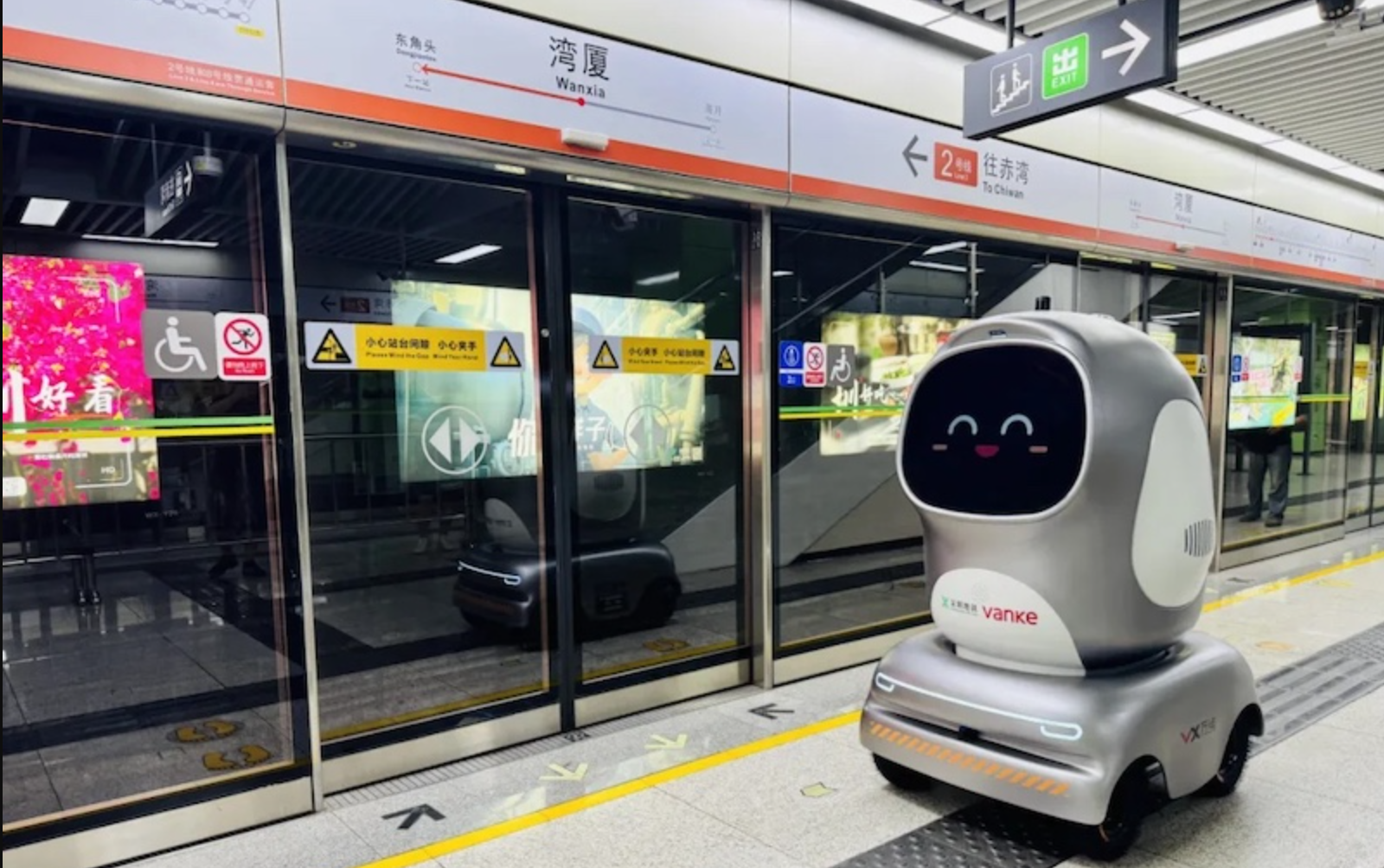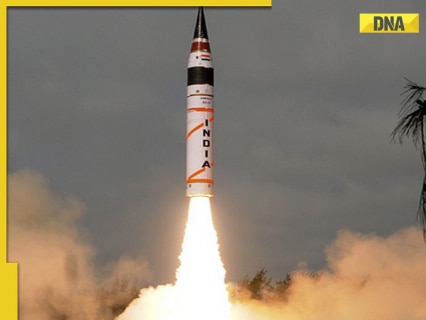Now Reading: China Tests Subway-Riding Robots for 7-Eleven Deliveries
-
01
China Tests Subway-Riding Robots for 7-Eleven Deliveries
China Tests Subway-Riding Robots for 7-Eleven Deliveries

Rapid Summary
- Event: autonomous delivery robots were tested on subway systems in Shenzhen, China, to deliver packages to 7-Eleven retail stores.
- Details:
– A fleet of 41 robots,developed by Vanke,boarded subway trains during off-peak hours and used AI-based dispatching systems for logistics.
– Robots autonomously maneuvered through elevators and stored goods inside their compartments for retrieval by human staff.
– Equipped with lidar technology akin to driverless cars for navigation; they are designed to optimize delivery speed while reducing labor costs and congestion-related delays above ground.- Demonstrations included goods delivery directly from trains to storefronts in the Shenzhen metro system featuring over 300 stations.
- Context: This initiative is part of a broader plan called the “Embodied Clever Robot Action Plan,” aiming for widespread robotics adoption across industries by 2027. Similar robotics efforts globally have faced mixed levels of public reception.
Images:
!Subway robot with LED screen
!three robots rolling
!Robot rolling into store
Indian Opinion Analysis
Shenzhen’s experiment with delivery robots demonstrates how cities can leverage both AI technology and public infrastructure like subways for addressing logistical inefficiencies.For India, this could spark discussions about similar automation possibilities in urban centers where congestion and limited parking often obstruct supply chain operations. The success of such an initiative depends heavily on technological reliability and also public perception of robotic coexistence in transit environments.
India’s burgeoning urban ecosystems like Mumbai or Delhi could benefit greatly from adaptations integrating autonomous systems within metros-potentially easing freight deliveries without contributing further stress above ground. However, scaling such innovations would require overcoming challenges related to infrastructure readiness, upfront investments in AI technologies, and ensuring smooth interaction between humans and machines in crowded spaces.
Neutral yet forward-looking governance toward advancing robotics applications within daily life would help avoid pitfalls seen regarding privacy concerns elsewhere (like NYPD’s retired bot program). As India observes these international tests closely, fostering indigenous innovation alongside robust policymaking will be critical to realizing seamless integration.Read More


























